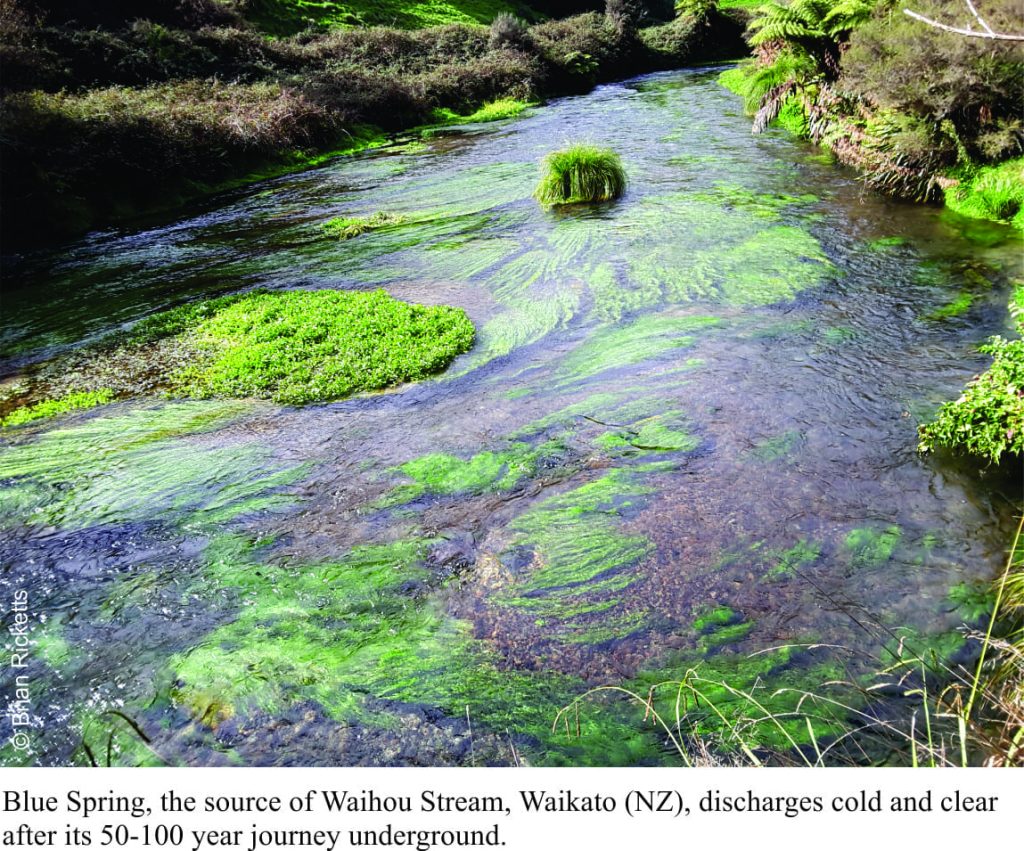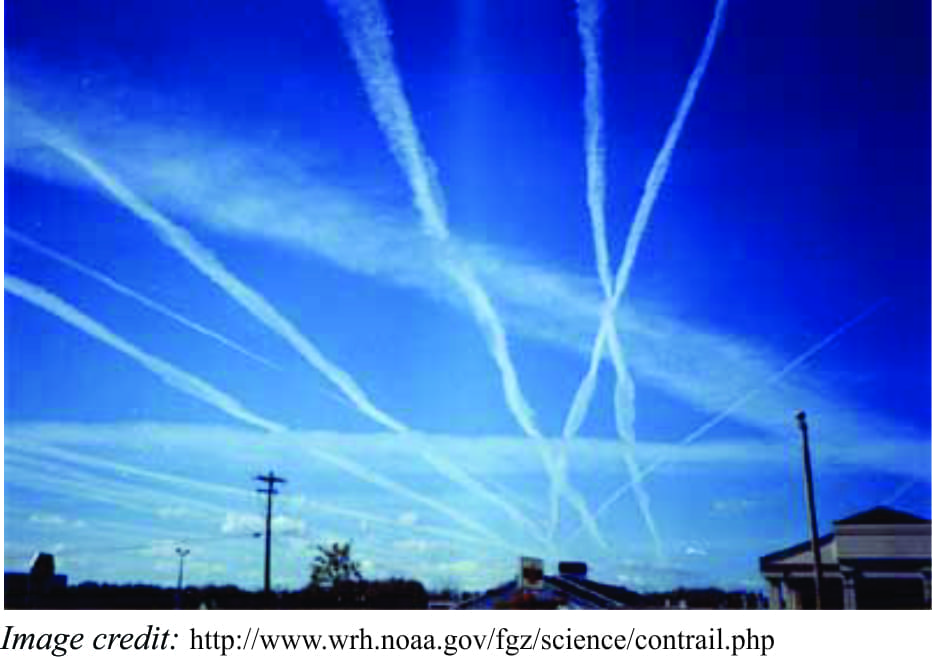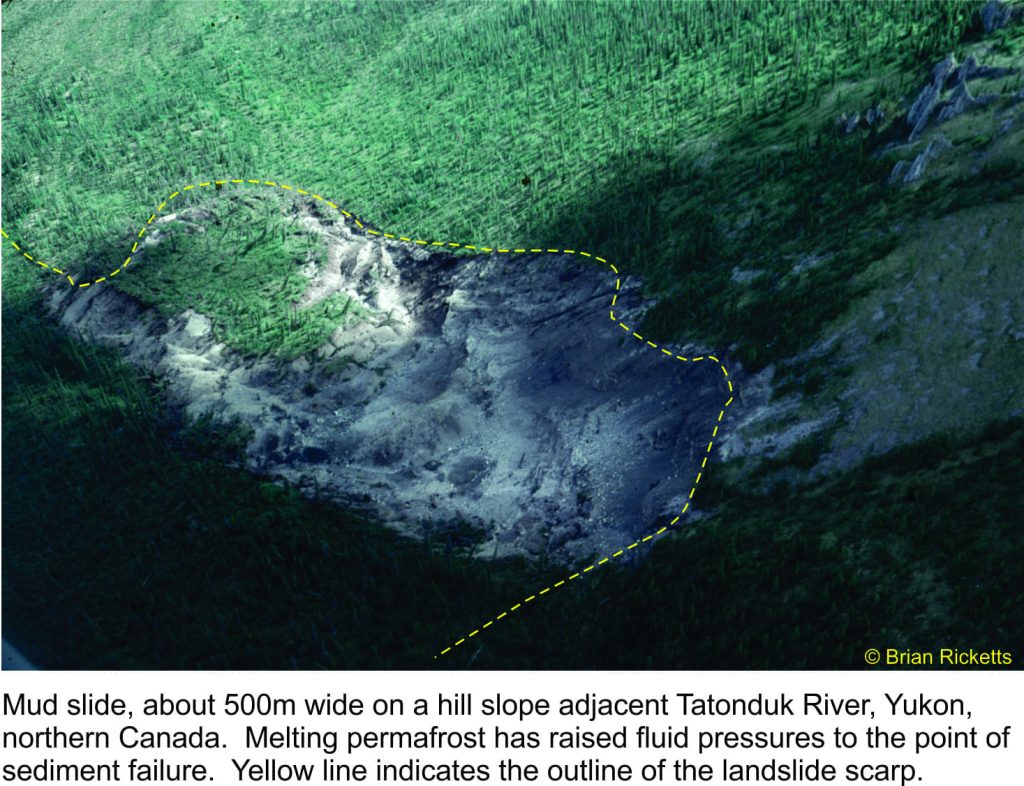It rains quite a bit on Mamaku Plateau, the tableland underlain by volcanic debris that was deposited violently 240,000 years ago; an eruption that also gave rise to Lake Rotorua caldera (central North Island, New Zealand). Some of that rain seeps into the myriad fractures, nooks and crannies, and heads west as groundwater. Fifty to 100 years later that same water emerges, chilled to a cool 11oC, at Blue Springs (about 40km west of Rotorua). Spring water here flows at 42 cubic metres per minute (9,240 gallons per minute), enough to maintain a decent-sized stream (Waihou Stream). Continue reading
Tag Archives: ground water
Contrails, analogues, and visualizing groundwater flow
How to picture groundwater flow beneath the surface.
Analogues and analogies. Standard dictionaries define these as a comparison, correspondence, or similarity between one thing and another, that can apply to concepts, ideas or physical entities. They are tools, used to illustrate concepts, particularly abstract ideas, to help explain phenomena or theories. Science makes frequent use of analogies. It does so because many phenomena that it attempts to investigate and explain extend beyond normal human experience, beyond what is visible to the unaided eye, beyond what we can touch. Well-chosen analogies can help us understand the universe without, and the universe within. Continue reading
A misspent youth serves to illustrate groundwater flow
The mystery of groundwater flow solved!
Groundwater is always on the move. Under some conditions, in fractures or other large conduits, it can move quickly; almost at a walking pace. Under other conditions it moves inexorably slowly, like fractions of a millimeter a year. Regardless, it is always compelled to move. Movement requires energy. Where does this energy come from? What drives the flow of groundwater? Answers to these questions provide the foundations to the science of hydrogeology. Continue reading
Landslide! How groundwater affects the stability of slopes
Groundwater contamination; messing around with aquifers


Unfortunately, because of foolishness, greed, and ignorance, we have managed to contaminate many important aquifers
The incident (September, 2016) involving wastewater ingress via a sinkhole to the Floridan Aquifer in Polk County, Florida is yet another reminder of the susceptibility of groundwater to contamination. Other recent events like the 2016 Samarco tailings dam failure in Brazil (caused by loading of weak, groundwater-saturated materials), the 2010 Kolantar red mud dam failure in Hungary (mostly caustic, iron oxide, aluminium oxide, but worrying levels of chromium, lead and mercury), and Imperial Minerals 2014 Mount Polley dam failure tailings dam failure, all had immediate and devastating effects on surface water. In the longer term it is likely that downstream shallow aquifers have also been compromised. Continue reading




